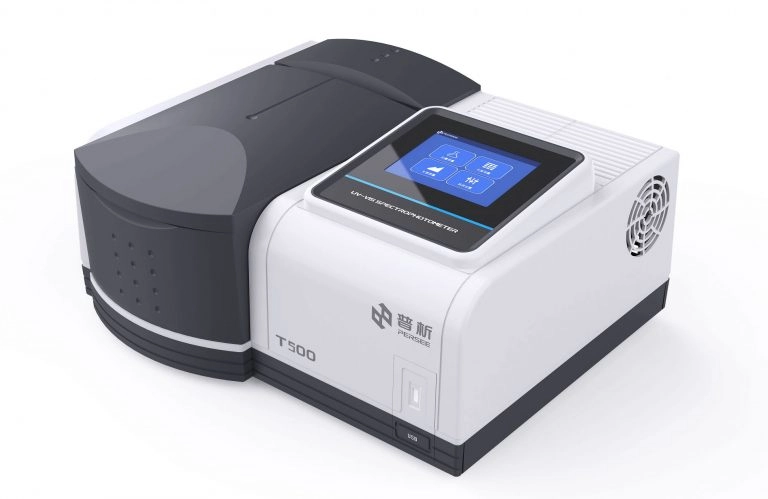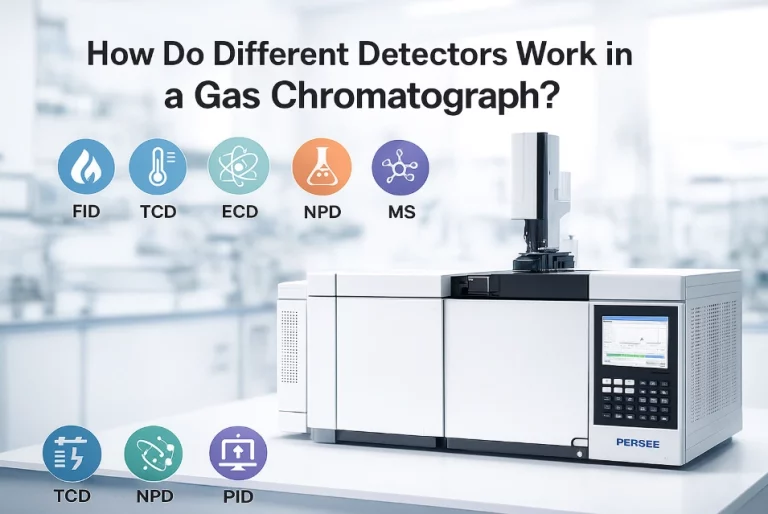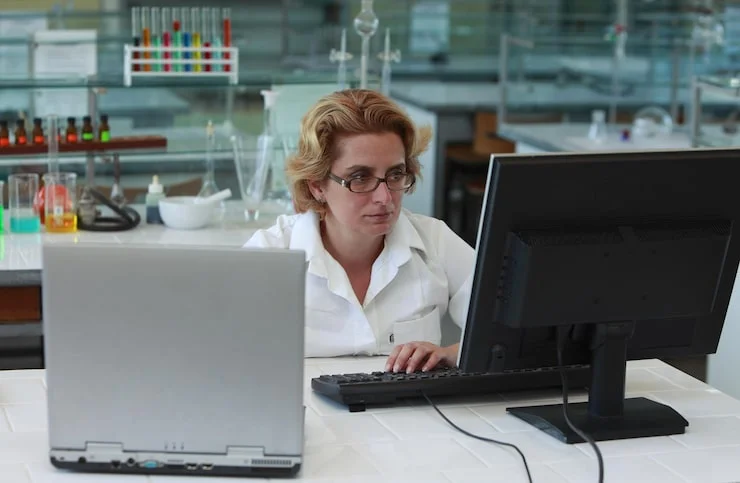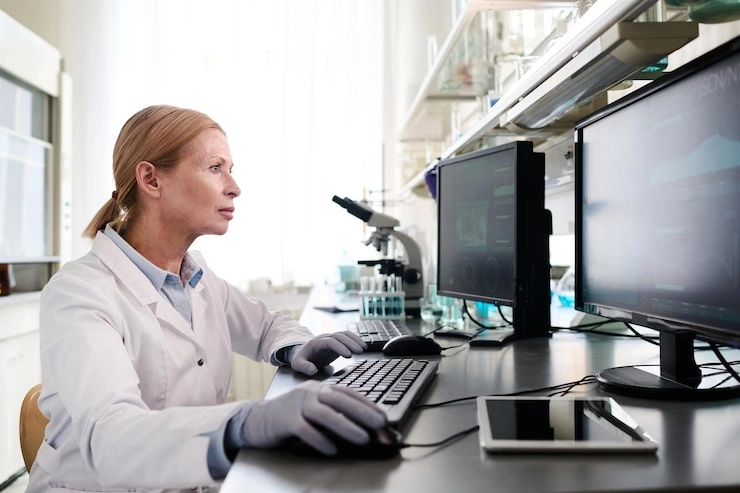
Spectroscopy is incredibly important in modern analytical chemistry. It lets scientists figure out what materials are and how much is there by seeing how they react to electromagnetic radiation. Among the mathematical tools that have totally changed spectroscopy, the Fourier Transform (FT) is a real cornerstone. Whether it’s used in FTIR spectroscopy, NMR, or other methods, the Fourier Transform allows for changing raw time-based data into useful frequency-based charts. This article looks at how the Fourier Transform improves spectroscopic techniques and also shows how companies like PERSEE use this technology in their gear.
The Fundamentals of Fourier Transform in Spectroscopy
To really get its impact on different spectroscopic methods, you first need to know how the Fourier Transform works.
The Mathematical Basis of Fourier Transform
Basically, the Fourier Transform is a math tool. It breaks down a complicated signal into all the simple sine waves that make it up. In spectroscopy, this helps turn signals from a time or space format into a frequency format. This new format makes the spectral information much easier to get to and understand.
How Fourier Transform Converts Time-Domain to Frequency-Domain Data
When doing spectroscopy, the initial data is usually a signal that changes over time or a similar dimension (like the mirror position in FTIR). This signal is called a time-domain signal or interferogram. It’s a messy mix of all the different frequency parts, so it’s tough to read on its own. The Fourier Transform processes these signals to create frequency-domain spectra. These charts plainly show absorption peaks that match up with specific molecular vibrations or changes.
Advantages of Fourier Transform in Spectroscopic Analysis
Using FT in spectroscopy has some great benefits:
First of all, it allows for the simultaneous detection of all wavelengths. This is called the multiplex advantage.
It also gives you sharper and more sensitive results.
What’s more, it improves the signal-to-noise ratio by averaging the signal.
These perks are super important for accurate chemical analysis. They make FT-based machines essential for both research and industry work.
Application of Fourier Transform in FTIR Spectroscopy
Fourier Transform Infrared (FTIR) Spectroscopy is a very popular use of FT in analytical chemistry. This is because it is both efficient and accurate.
Principles Behind FTIR (Fourier Transform Infrared) Spectroscopy
FTIR spectroscopy checks how much infrared light a sample soaks up at different wavelengths. But it doesn’t scan one wavelength at a time. Instead, a device called an interferometer handles all the wavelengths at once. This process creates an interferogram. This is a signal that depends on a moving mirror’s position, and it’s basically a time-based signal. The Fourier Transform then changes this interferogram into a proper IR spectrum.
Role of Interferometry and the Michelson Interferometer
A key part of FTIR is the Michelson Interferometer. It splits a beam of IR light into two different paths using mirrors—one that stays put and one that moves. When these beams come back together, they create an interference pattern that depends on the difference in path length. This pattern holds all the spectral information for all the wavelengths.
Benefits of Using Fourier Transform in FTIR
Using FT makes FTIR performance much better in several ways:
- Improved Signal-to-Noise Ratio: FTIR machines can quickly average many scans. This increases the signal’s clarity while cutting down on background noise. This is vital for finding compounds that are in low concentrations.
- Rapid Data Acquisition: FTIR systems collect all frequencies at the same time, not one by one. Because of this, they can get complete spectra in just a few seconds.
- High Spectral Resolution: Fourier analysis produces high-resolution spectral results even with small optical setups. This is great for telling apart absorption bands that are very close together.
Fourier Transform in NMR Spectroscopy
While FTIR looks at molecular vibrations, Nuclear Magnetic Resonance (NMR) spectroscopy uses magnetic fields to check out atomic environments. This is another area where FT is a big help.
Overview of Nuclear Magnetic Resonance (NMR) Spectroscopy
NMR analyzes how nuclei with spin (like hydrogen-1) react to radiofrequency pulses inside strong magnetic fields. These reactions give us clues about a molecule’s structure, movements, and how it interacts with other things.
Time-Domain Signal Collection and the Role of Free Induction Decay (FID)
After being hit with RF pulses, nuclei give off fading oscillations. This is known as Free Induction Decay (FID). This FID is a time-domain signal, and it contains frequency information about the different chemical environments inside the molecule.
Conversion to Frequency Domain Using Fourier Transform
Applying the Fourier Transform converts this FID data to frequency-domain spectra. These spectra give us chemical shifts, which are distinctive labels for different atomic environments. They also give us coupling constants, which tell us about interactions between nearby nuclei.
Chemical Shift Identification and Coupling Constant Identification
Chemical shifts help identify functional groups or arrangements of bonding in molecules. Coupling constants, however, provide structural information like bond angles and how atoms are connected. This is basic in ascertaining organic molecule structure.
Broader Applications of Fourier Transform in Other Spectroscopic Techniques
Beyond just FTIR and NMR, the power of the Fourier Transform is also used in a few other advanced spectroscopic tools.
Use in Raman Spectroscopy
Raman spectroscopy studies vibrational modes by looking at scattered light, not absorbed light like IR does.
Enhancing Sensitivity and Resolution with FT-Raman: FT-Raman instruments use similar interferometric methods as those in FTIR to boost Raman sensitivity. This is especially handy when working with fluorescent samples or things that scatter Raman light weakly.
Application in Mass Spectrometry
Mass spectrometry identifies compounds using mass-to-charge ratios. It also gets a boost from advanced signal processing methods like FT.
Signal Processing and Peak Resolution via Fourier Analysis: Instruments like Orbitraps rely on time-based ion oscillations. These are converted using an FFT into very precise mass spectra. This technique improves resolution a lot without making scan times dramatically longer.
Use in Optical Coherence Tomography and Other Imaging Techniques
Imaging methods like Optical Coherence Tomography (OCT) also use Fourier analysis. They use it to build depth-resolved images from interferometric data. This shows just how versatile it is, even outside of normal spectroscopy.
Advantages of Fourier Transform-Based Spectroscopy Over Traditional Methods
Old-school dispersive methods scan one wavelength at a time. In contrast, FT-based methods offer amazing benefits.
- Simultaneous Multi-Wavelength Detection: The multiplex advantage lets these systems capture all spectral data at once. This hugely cuts down on scan times and improves the reliability of results from one sample to the next.
- Higher Throughput and Efficiency: FT-based systems can take measurements very quickly without sacrificing accuracy. This makes them perfect for busy labs that need fast results with little hands-on work.
- Enhanced Accuracy and Reproducibility: FT-based instruments have fewer moving parts than scanning systems and are better at filtering out noise. As a result, they provide consistent results over and over again. This is extremely important for meeting regulations and for quality control.
PERSEE: A Manufacturer of Analytical Instruments
For labs looking for dependable spectroscopic equipment, เพอร์ส is a manufacturer that provides instruments built with Fourier Transform technology.
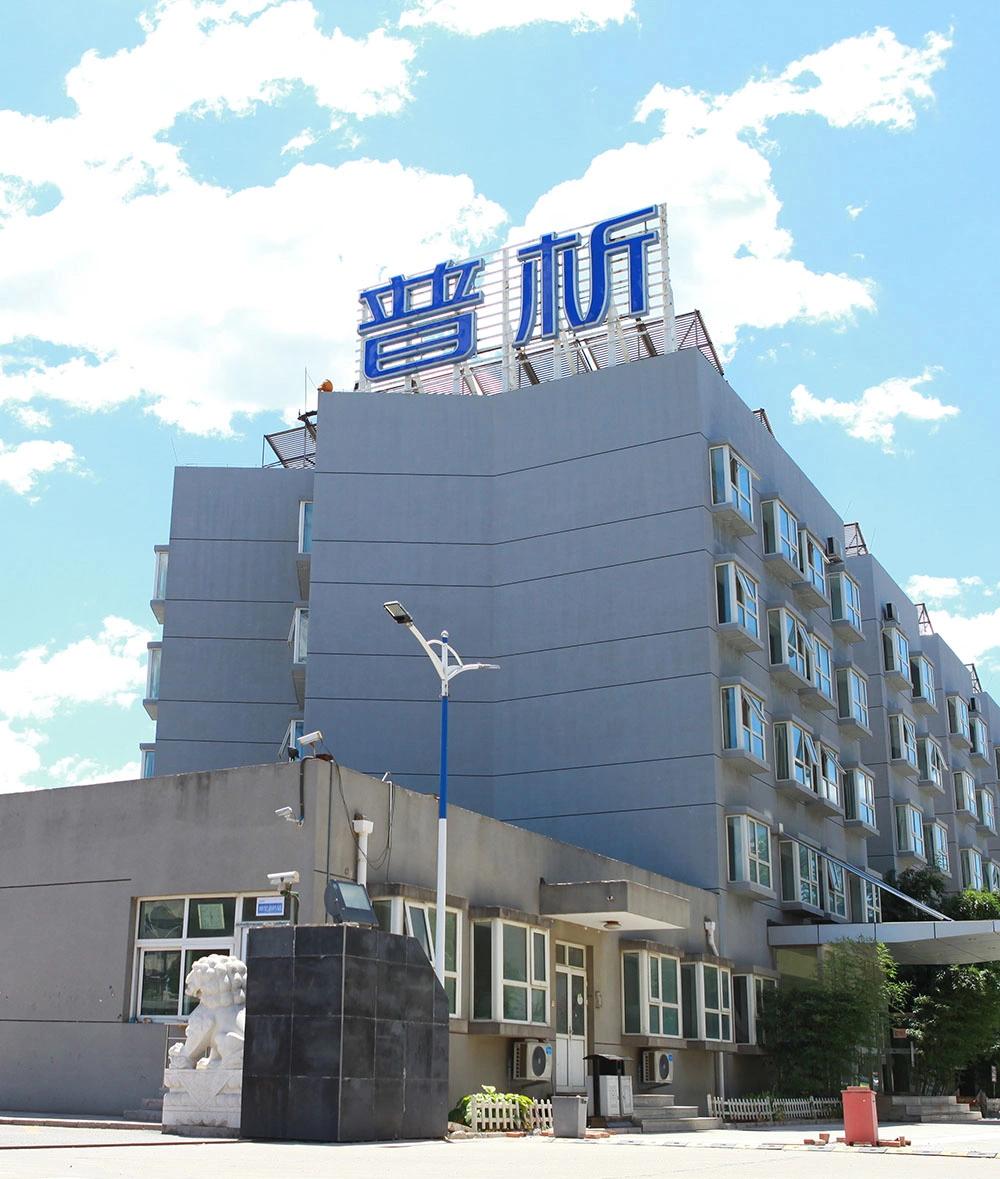
Company Background and Global Presence
PERSEE has over three decades of experience and serves customers all over the world, including in the Asia-Pacific, Europe, Africa, South America, North America, and the Middle East. The company is known internationally for its innovative and high-quality products that are made to fit customer needs.
Key Product Lines Including FTIR8000 and FTIR8100 Series
Their main products—the FTIR8000 Series and the newer FTIR8100 Series—are high-performance infrared spectroscopy solutions. They come with advanced interferometers and software designed for both research projects and everyday analysis.
Commitment to Innovation, Quality, and Customer Support
PERSEE is dedicated to excellent manufacturing. Besides that, the company also keeps investing in R&D. This ensures that next-generation features, like AI-powered diagnostics and cloud-connected workflows, will become standard in their products.
Summary and Key Takeaways
The Fourier Transform is now a must-have tool across many areas of analytical chemistry. It’s used from vibrational studies with FTIR spectroscopy to figuring out structures with NMR, and it even extends to imaging technologies like OCT. Its ability to efficiently convert complex signals leads to quicker data collection with better resolution than older methods. Companies such as PERSEE use this power by building it into flexible instrument platforms. These are made for both precise testing in the field and top-level academic research.
FAQs:
Q1: Why is FTIR better than traditional dispersive IR?
A: Compared to traditional IR, which scans every wavelength individually with monochromators or gratings, FTIR captures all of the wavelengths at once using an interferometer. It produces extremely faster scans, better signal-to-noise ratio because of the multiplex advantage, and higher resolution. So, it’s great even for analyzing small amounts of a sample or poor absorbers.
Q2: Can Fourier Transform be applied outside infrared spectroscopy?
A: Yes! It’s a key part of FTIR systems, but Fourier Transform also plays a huge role in NMR spectroscopy (for analyzing FID signals) and Raman spectroscopy (in FT-Raman setups). You’ll also find it in mass spectrometry (like in Orbitraps) and in optical coherence tomography imaging. More broadly, it’s used wherever changing signals between time and frequency makes data easier to read or improves resolution in scientific instruments.
Q3: Are PERSEE’s FTIR instruments suitable for industrial applications?
A: Definitely. PERSEE’s FTIR8000/8100 series are made not just for university labs but also for industrial places that need solid performance in tough conditions. Their software is easy to use and supports workflows for regulatory compliance. At the same time, the durable hardware makes sure the instruments are stable over the long run, even during the nonstop use common in pharmaceutical QC labs or petrochemical plants.

